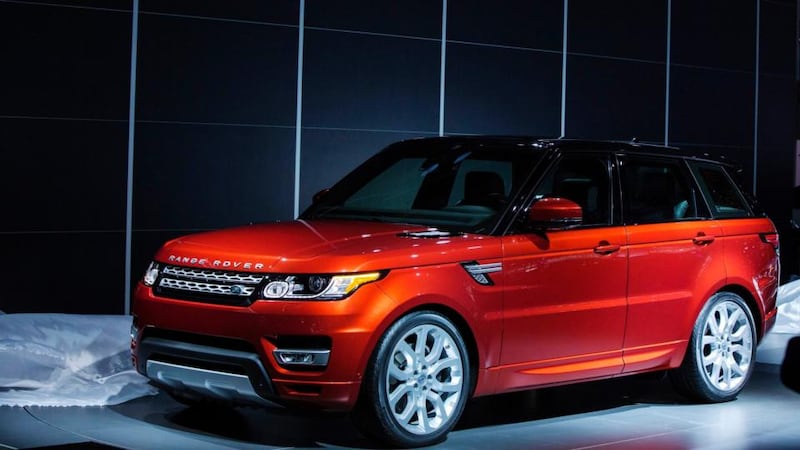BILL VLASIC
With the luxury vehicle market booming, automakers are rushing to fill their showrooms with expensive new models now on display at the New York auto show.
Overall vehicle sales have risen 8 per cent so far this year in the United States, while the market for high-end cars and SUVs has increased by 11 percent, according to the auto research company Kelley Blue Book.

The surge in the luxury market, analysts say, is a sign that wealthy consumers sense that the nation’s financial health is solidly improving in ways that reinforce a willingness to splurge on expensive new models.
"A lot of luxury customers were waiting to see how things would shake out in the economy and the stock market," said Alec Gutierrez, an analyst at Kelley Blue Book, "but they are becoming more and more confident."
The luxury segment is expanding in every direction. There are more compact cars sold under prestigious brand names, a growing variety of leather-and-wood-trimmed SUVs, and updated models from ultraluxury carmakers such as Bentley and Rolls-Royce.
One of the stars of the show is the new Range Rover Sport. Land Rover Global Brand Director John Edwards said: " The new Range Rover Sport represents a step change in engineering and technology; it is almost half a tonne lighter resulting in significant Co2 savings and its faster, more agile and more dynamic than ever." It goes on sale during the third quarter of 2013.
The smaller models are aimed mainly at attracting what industry executives say is a growing group of younger luxury buyers, as well as more Hispanics and women, who do not want to wait until middle age to own more sophisticated cars.
"They are going to transform our industry," said James Farley, Ford's head of global marketing, referring to the younger market. Older buyers might consider cars like the Audi A3 too small, while younger consumers might find that those cars better fit their lifestyles and tastes.
Luxury sales generate greater profits for automakers, encouraging even the most mainstream companies to compete in expensive segments.
Ford, for example, is pouring money and corporate resources into reviving its staid Lincoln brand. So far the results have been mixed, as consumers appear reluctant to pay luxury-car prices for Lincolns based on basic Ford models.
Yet Ford is pushing ahead with a complete overhaul of its Lincoln lineup in an all-out bid to capture top-end customers.
“The luxury market is growing mostly at the low end,” said Farley, who also is Ford’s senior Lincoln executive, “and since the recession, we think people are looking for luxury in smaller sizes.”
Ford's hometown rival, General Motors, recently introduced the Cadillac ATS, a compact sedan that it believes can compete with small cars from the German luxury stalwarts Mercedes-Benz, BMW and Volkswagen's Audi unit.
Strong sales of the new ATS have helped Cadillac lift the brand’s overall sales by 32 percent in the first two months of this year. On Tuesday, GM displayed a restyled version of its midsize Cadillac sedan, called the CTS, which goes on sale this fall.
GM officials said the CTS was a critical vehicle for Cadillac, which needs a full lineup of luxury models to pique the interest of loyal BMW and Mercedes owners.
"We finally have the right dimensions on the CTS to match up with the competition," said Eric Clough, one of the car's designers. "It's longer, leaner and lower to the ground."
US carmakers still have a lot of catching up to do. Mercedes and BMW are the luxury market leaders in the United States by far and are constantly adding new variations to their lineups.
© 2013 New York Times News Service










